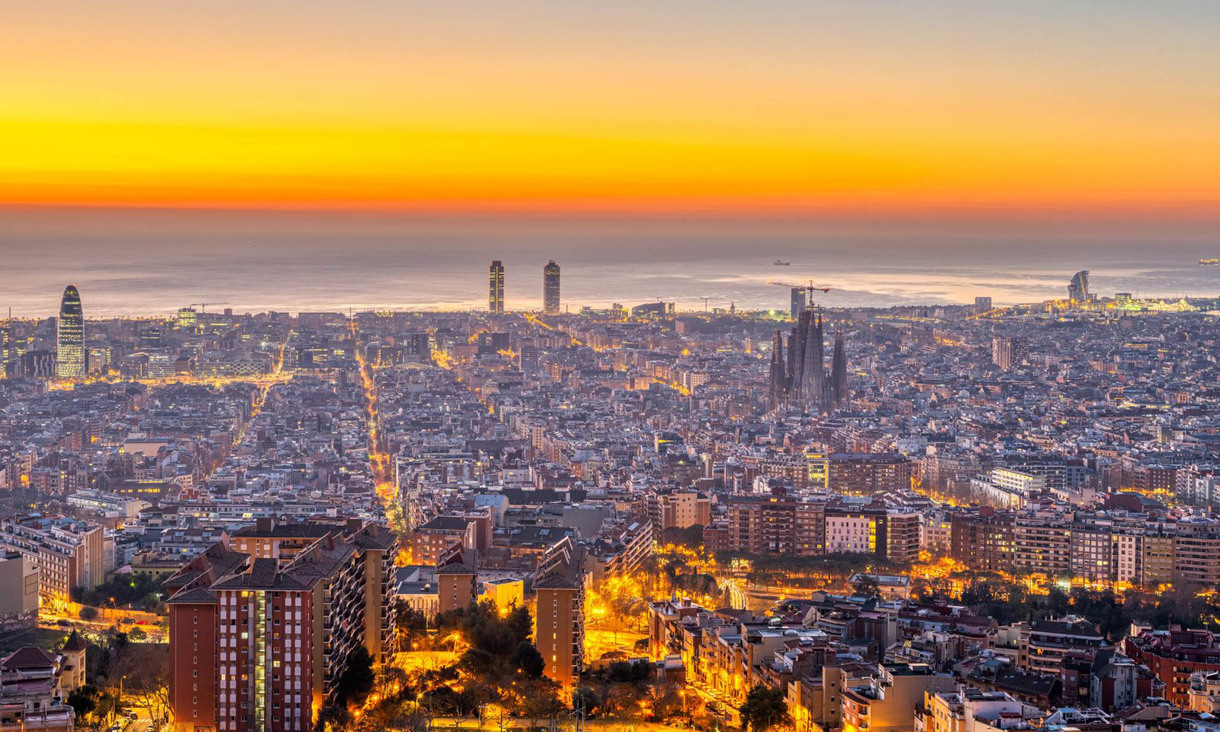What is your research focus?
My research is investigating how consumers who understand the broader issues around sustainability are incorporating what they know into the way they buy, look after and wear their clothes.
This includes how they do the daily routine of putting together an outfit that makes them feel good.
There are many surprising elements to this such as the place of special garments that are worn across a multitude of situations.
Or the unexpected reasons that garments become long-term players in a wardrobe, which might include holiday purchases, band t-shirts or gifts from loved ones.
This research aims to inform sustainable fashion brands, as well as other makers of fashion, about how they can produce clothes that better match how sustainable dressing takes place.
It will also help to clarify the gaps in consumer knowledge about what is and isn’t sustainable in fashion.
If we can understand how fashion is used and enjoyed in ways that are sustainable, the findings could provide lessons for broader areas of consumer goods, such as household goods and furniture, to be designed in ways that produce sustainable outcomes.
As a sustainability expert, why look at fashion?
The fashion industry has a big part to play in the ecological sustainability crisis because it uses vast amounts of resources.
It plays a huge role in land degradation and pollution and contributes significantly to the waste stream.
Fashion is an area of social research that reveals much about how the individual and society shape each other, which makes it an important area of research in trying to understand how patterns of consumption can be changed to more sustainable models.
Is sustainable fashion the solution to environmental concerns? What is preventing the fashion industry from becoming sustainable?
I think the fashion industry has two big problems it needs to overcome.
The industry is currently tied to perpetuating production of fashion that will quickly go out of style and be discarded as the appeal of seasonal trends is huge.
Where the fashion industry at large is adopting sustainability, they’re producing mixed messages, such as persisting with the generation of desire for new trends.
Misinformation and misunderstandings mean consumers are being less sustainable than they might be as they are adapting and interpreting information to fit their clothing routines.
Secondly, the industry is trying to drive change by designing more products.
Sustainable fashion is not seen as a substitute for mainstream fashion but as an add-on.
Instead, the whole industry should be shifted to sustainable methods of production and consumption.
If there were greater synergies between the products of the fashion sector, and in particular the sustainable fashion sector, and the way people manage dressing there would be greater success in sustainable fashion.
What can the industry do to improve their commitment to sustainability?
The fashion industry needs to have a better understanding of how fashion becomes loved and long used, rather than quickly becoming emotionally redundant and easily replaced.
They can ensure their customers are purchasing clothing that they really love and will use for many years. Part of this is supporting consumers in becoming familiar with and being true to their own sense of style.
Concern about the ecological cost of fashion has generated the idea of slow fashion as a sustainable alternative, however in their commitment to sustainability some designers often overlook importance of the pleasure and enjoyment in being well-dressed.
Like a Birkin bag inspires loyalty, sustainable fashion needs to inspire the same commitment.
Long use is one of the key paths to sustainable use of fashion, but this conflicts with the rapid-turnover, seasonal model to which the industry is addicted.
Knowing how long use is achieved and enjoyed will be crucial to this change.
What would an ideal sustainable fashion industry look like?
The industry in general needs to be sustainable, therefore there cannot be a ‘sustainable fashion’ industry.
The fundamental change that needs to occur is in the volume of goods produced and purchased.
This requires an end to disposable fast fashion and instead clothes should be made to last and be really loved.
Textiles should be produced cleanly and with ecological efficiency.
There needs to be adequate recognition of provenance to drive reward for the clever and skilled designers and workers who produce clothes. This means clothes can be produced that have the quality and style that makes us fall in love with them.
Clothes need to have stories of the maker and the wearers embedded in them and these need to be part of how they are passed on to others.
They need to be made well enough that they can last through many hands.
And most importantly, they need to be beautiful and well made.
As Coco Chanel once said – “fashion passes; style remains” – if fashion is redefined as beautiful, long-lasting garments, then it can only become innately sustainable.
Rollason is a PhD researcher at the RMIT Centre for Urban Research. She has previously worked in the not for-profit-environment sector in the area of household waste reduction and as an environmental educator.
Story: Chanel Bearder





